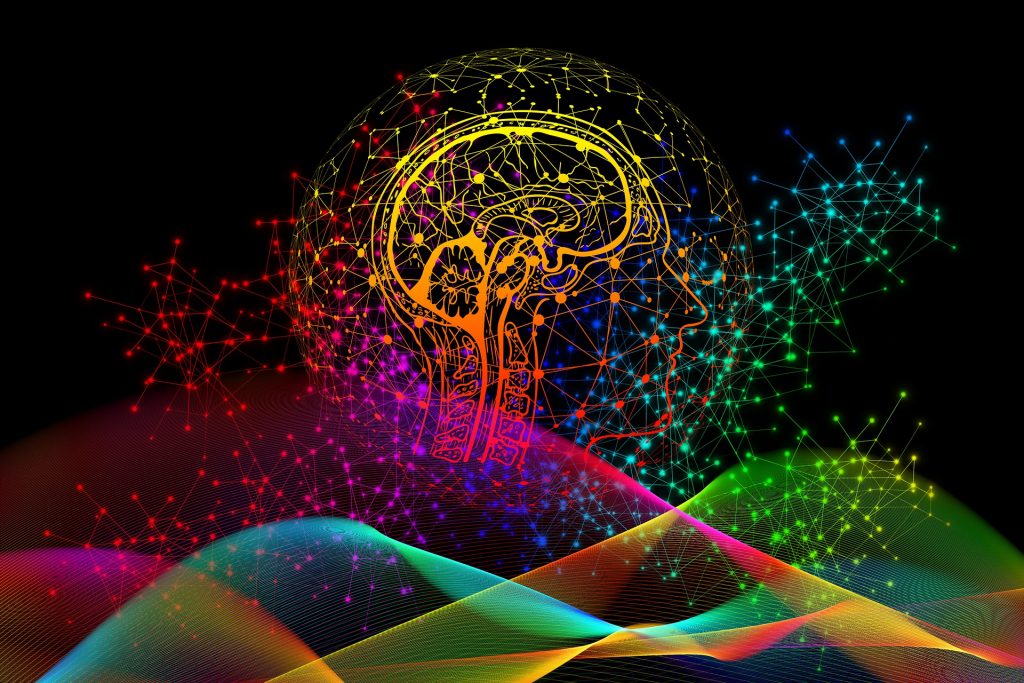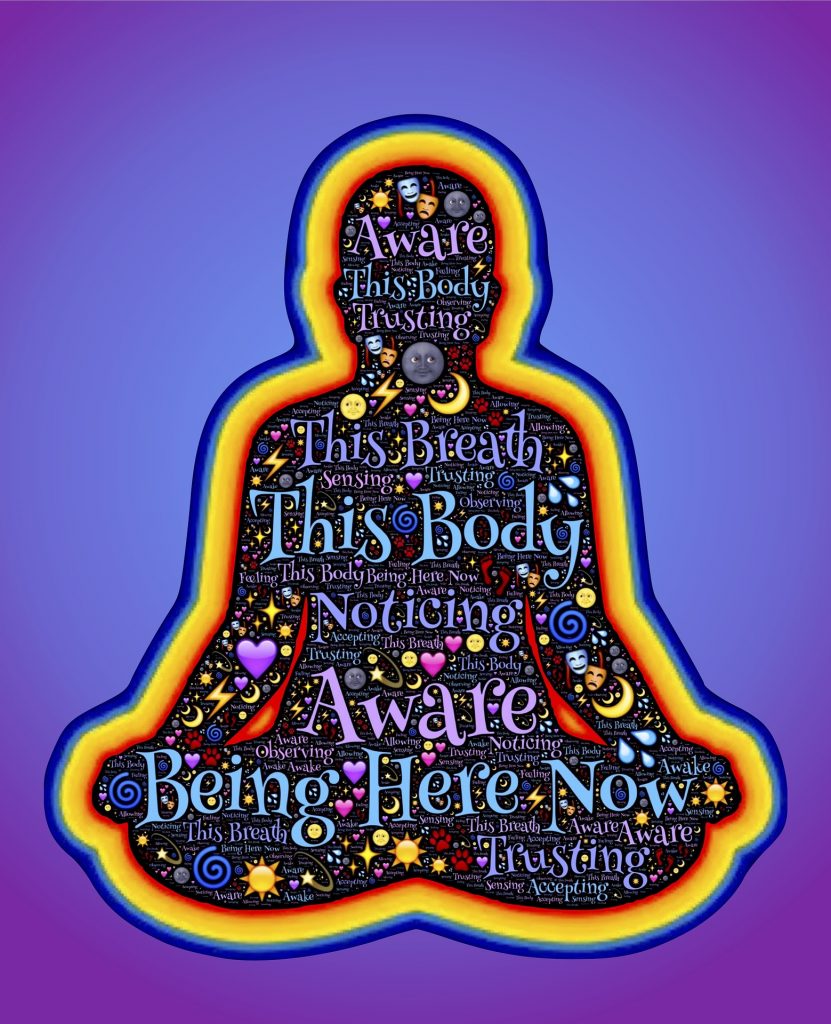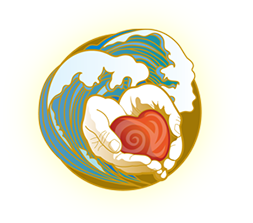The blogs that Dr. Arielle Schwartz writes are always rich and deep with valuable information and insight. Please visit her blog and website for more wonderful blogs. https://drarielleschwartz.com/arielles-blog/
The Window to your Soul

It is often said that the eyes are a window to your soul. Indeed, your eyes provide great insight into how you are feeling. When we are stressed we tend to furrow our brow which contracts the muscles around your eyes making them appear smaller. When we are tired our eyelids grow heavy. When we feel connected and excited to see someone our eyebrows lift and our eyes appear brighter and larger. While you might try to hide your true emotions by controlling the muscles of your face, you really can’t stop your eyes from revealing how you really feel. This is because the eyes are closely tied to your autonomic nervous system.
When you are on alert, your pupils dilate helping you scan your environment. This is one reason why individuals who have experienced traumatic events at night are often able to describe the scene as if it was in broad daylight. And when you feel safe, your eyes tend to sparkle and express warmth as a signal that you are engaging your social nervous system. This is because four of your cranial nerves are directly associated with vision or eye movements and your vagus nerve connects your eyes to your heart.
Eye movements have been integrated into many healing practices such as in Eye Movement Desensitization and Reprocessing (EMDR) Therapy and Yoga. This post shares more about the Vagus Nerve and eye movements, how they can facilitate health through natural vagus nerve stimulation, and how they help with trauma recovery. The video at the end guides you into a simple practice for self-care…
The Neurochemistry of Courage

Our eyes naturally move from side to side as we walk through the world; it is a way of observing our environment. From an evolutionary perspective, this action is necessary for survival for it allows us to scan the world for food and potential predators. This action evokes the neurochemistry of courage because the pairing of physical movement and lateral eye-movements appears to suppress the amygdala’s role in initiating a fear-response while simultaneously signaling the release of dopamine, a neurotransmitter that helps increase a felt sense of pleasure and reward (See Dr. Andrew Huberman discuss his research on eye movements).
Adding eye movements while confronting a difficult memory helps to reduce the fear response in the body and mind and helps to distance you from the negative emotions related to historical traumatic events. EMDR Therapy engages bilateral eye movements to facilitate communications across left and right hemispheres in a way that mimics REM sleep. Dr. Francine Shapiro discovered the power of eye movements for trauma recovery purely by chance during a walk in the park when she noticed that her eyes were moving back and forth. She was talking with a friend about something difficult and the disturbance went away. Over time she developed EMDR Therapy as a trauma treatment model that helps clients to process traumatic life experiences and related symptoms.
Eye Yoga and the Vagus Nerve

Many yogic practices also facilitate integration between left and right hemispheres of the brain through movements that engage left and right sides of the body. For example, eye yoga typically involves lowering and lifting your gaze from the tip of your nose to the center of your forehead, moving your eyes back and forth from left to right, and circling your eyes in both directions.
Yoga also incorporates use of a single point for your gaze, or drishti, to help settle your mind. It is also recommended that you spend some time each day allowing your eyes to rest in total darkness by placing a light eye pillow or resting your palms gently over your eyes which allows your eyes to recover from strain.
The vagus nerve and eye movements are interconnected. Oculocardiac convergence visual therapy helps reset vagal tone and reduce anxiety through shifting the focal point of the eyes from close-in to far-off in the distance. If you would like, explore stretching and engaging the eye muscles, which can ultimately help these muscles relax. You can start by holding a pencil or small object about four to six inches in front of your face. Allow your eyes to focus on this object for about 20 seconds, and then shift your focus to look off in the distance for about 20 seconds. Continue back and forth for about four cycles, and then softly relax your eyes.
The Vagus Nerve and Eye Movements

Your vagus nerve passes through your belly, diaphragm, lungs, throat, inner ear, and facial muscles. Therefore, practices that stimulate or relax these areas of the body can influence the tone of your vagus nerve through the mind-body feedback loop. Within the medical field, vagus nerve stimulation (VNS), also referred to as neuromodulation, involves surgically implanting a bioelectronic device or using a non-surgical transcutaneous (through the skin) device which sends a stimulating yet undetectable electrical current to the vagus nerve. You can also naturally stimulate your vagus nerve to relieve keyed up or shut down nervous system states.
You can Naturally stimulate your vagus with techniques such as altering the rhythm of your breath, practicing mindful body awareness, and exploring gentle yoga postures to create greater balance in your body and mind. Learn more about Vagus Nerve Yoga.
Eye movements are particularly powerful because they have a direct connection to the suboccipital muscles that sit at the base of your skull. As you move your eyes you create subtle movements that help to release tight muscles in your neck which in turn can reduce tension around the first and second cervical vertebrae. In his book, Accessing The Healing Power of the Vagus Nerve, Stanley Rosenberg combines eye movements with gentle movements that release the muscles of your neck help to increase blood flow to your vertebral artery which supplies blood to the brainstem and vagus nerve.
This video explains more about the vagus nerve and eye movements and invites you to try an exercise for your own self-care:
Learn more about The Vagus Nerve:
About Dr. Arielle Schwartz

Arielle Schwartz, PhD, is a psychologist, internationally sought-out teacher, yoga instructor, and leading voice in the healing of PTSD and complex trauma. She is the author of five books, including The Complex PTSD Workbook, EMDR Therapy and Somatic Psychology, and The Post Traumatic Growth Guidebook. Dr. Schwartz is an accomplished teacher who guides therapists in the application of EMDR, somatic psychology, parts work therapy, and mindfulness-based interventions for the treatment of trauma and complex PTSD. She has a depth of understanding, passion, kindness, compassion, joy, and a succinct way of speaking about very complex topics. She is the founder of the Center for Resilience Informed Therapy in Boulder, Colorado where she maintains a private practice providing psychotherapy, supervision, and consultation. Dr. Schwartz believes that that the journey of trauma recovery is an awakening of the spiritual heart.

